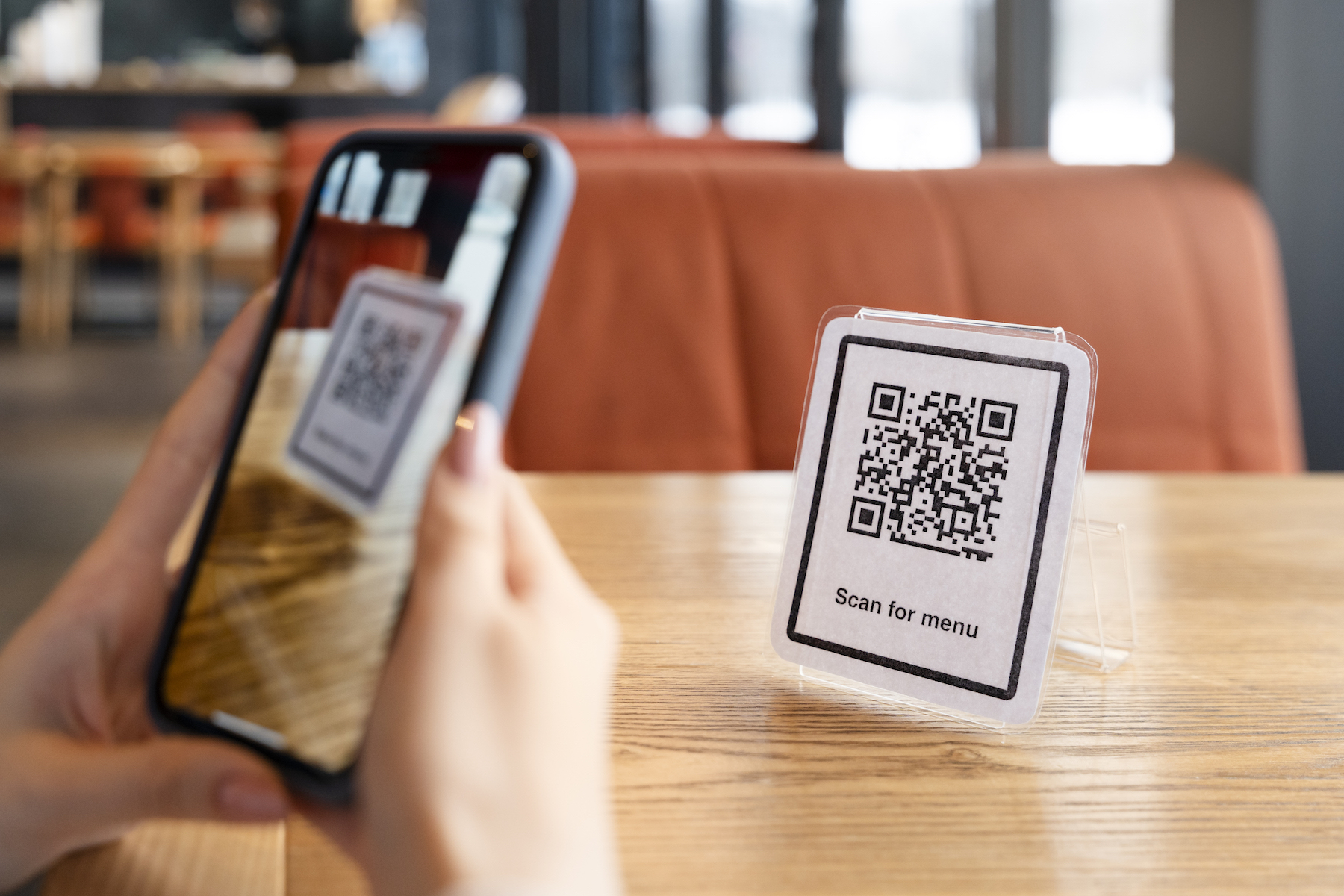The restaurant industry is constantly evolving, and in today’s digital age, innovative technologies are transforming the way we dine out. Quick Response (QR) codes have emerged as a powerful tool in enhancing the dining experience, particularly in the realm of restaurant menus. By incorporating QR codes into their menus, restaurants can provide personalized ordering experiences that cater to individual preferences and streamline the dining process. In this article, we will explore how QR codes in restaurant menus create personalized ordering experiences and the benefits they offer to both diners and restaurant owners.
Convenient Access to Menus
QR codes provide diners with convenient access to menus directly from their smartphones. Instead of relying on printed menus or waiting for a server to provide a physical copy, diners can simply scan the QR code placed on the table or displayed at the entrance using their smartphone’s camera or a QR code scanning application. This eliminates the need for physical menus and reduces the wait time, allowing diners to start browsing the menu immediately.
Customizable Ordering Experience
QR codes enable restaurants to offer customizable ordering experiences based on individual preferences. By linking the QR code to a digital menu, restaurants can provide diners with options for customization. For example, diners can indicate their dietary restrictions, select preferred ingredients or cooking styles, or even modify portion sizes. This level of customization enhances customer satisfaction, as diners can tailor their orders to their specific preferences and dietary needs.
Visual Enhancements and Engaging Content
QR codes provide an opportunity for restaurants to enhance the visual appeal of their menus and engage diners through interactive content. By incorporating QR codes into menus, restaurants can link to images, videos, or descriptions of their dishes. This allows diners to get a better understanding of the presentation, ingredients, and cooking techniques involved in each dish. Visual enhancements and engaging content create a more immersive dining experience and help diners make informed decisions when placing their orders.
Instant Access to Additional Information
QR codes offer a platform for restaurants to provide additional information about their dishes. When scanned, QR codes can lead diners to detailed descriptions of each item on the menu, including nutritional information, ingredient sourcing, or allergy warnings. This allows diners to make informed choices based on their dietary preferences or restrictions. Providing such information through QR codes demonstrates transparency and helps build trust with customers.
Seamless Integration of Payment Options
QR codes can also streamline the payment process by integrating with mobile payment platforms. After placing their orders, diners can conveniently make payments directly from their smartphones by scanning a QR code associated with the restaurant’s payment system. This eliminates the need for physical cash or credit card transactions, reducing the wait time for both diners and restaurant staff. Seamless integration of payment options enhances the overall dining experience and promotes efficiency.
Feedback and Review Mechanisms
QR codes can facilitate customer feedback and reviews, allowing restaurants to gather valuable insights and improve their offerings. By scanning a QR code provided on the menu, diners can access a feedback form or be directed to a review platform. This provides a convenient way for diners to share their dining experience, offer suggestions for improvement, or leave positive reviews. Restaurants can utilize this feedback to enhance their menu offerings, customer service, and overall dining experience.
In conclusion, QR codes in restaurant menus create personalized ordering experiences that cater to individual preferences and streamline the dining process. With convenient access to menus, customizable ordering experiences, visual enhancements, additional information, seamless integration of payment options, and feedback mechanisms, QR codes enhance the overall dining experience for both diners and restaurant owners. By embracing this technology, restaurants can adapt to the changing digital landscape and provide a more personalized and engaging dining experience for their patrons.

